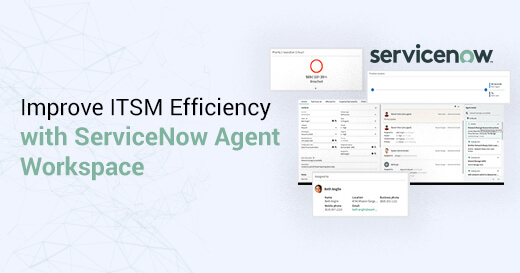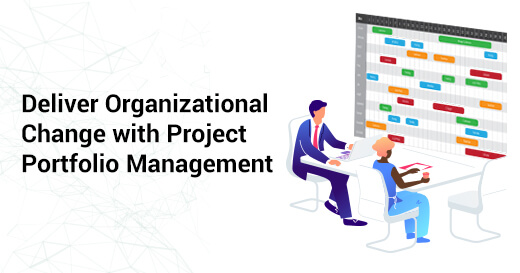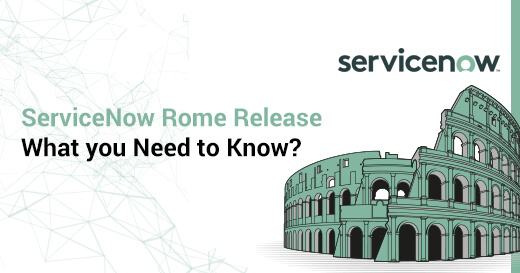Post Covid-19: Emergency Response and Business Continuity
Written by Kapil Khadgi
ServiceNow Practice Head at Royal Cyber
As the phases of the Covid-19 progress, organizations must invest their time and energy in emergency response management to achieve better business outcomes.
On March 11, 2020, the World Health Organization (WHO) declared Covid-19 a pandemic. Today, even after six months, most of the businesses are busy building strategies for emergency preparedness and response in the workplace. Business leaders are facing uncertainty more than ever and thinking to dramatically change the way we live and work. They are dealing with a set of questions:
- How and when to bring employees back to work?
- How to reimagine the way customers are engaged?
- Do my employees have the right skills to deal with the new normal?
- Is my organization ready to handle any future crisis?
It is difficult to answer these questions in one go and businesses need to follow a structured approach to come out stronger from the Covid-19 crisis.
The New Normal: How Businesses Must Reset for Growth
This era will be defined as the period where business as usual cannot be expected to reign. Organizations are struggling to respond to crisis. To navigate smoothly, they must follow a structured approach—Recover and Stabilize, Return, and Grow—to deliver superior customer experience and achieve success.
Stage 1: Recover and Stabilize
The pandemic has proved to be a burgeoning crisis both for the country’s economic and financial system. According to a McKinsey report, this health crisis will lead to a decline in economic activity even far greater than the loss Europe and the United States experienced during the Great Depression.
In the face of all the challenges, more organized/coordinated efforts are needed to recover and stabilize the organization from the outbreak. Several businesses have already started setting-up a stabilization team that defines and executes an emergency response plan that will restore the company to a scalable state. Once the plan is in place, organizations can prioritize and realign their time and resources to cut non-essential costs. It is also essential to communicate the plan to all the employees of the organization. Clear communication reflects the visibility and transparency of the system and redirects the resources to the most critical areas.
While stabilizing your organization, it is also essential to connect and support your customers. Set-up remote call centers; identify capabilities that you need to strengthen, refocus, and re-budget; rapidly innovate products and services to meet the customer’s needs; and set-up a clear communication plan to deliver superior customer experience.
Stage 2: Return
It is rightly said by an HR leader, “Get comfortable with the uncomfortable.” In other words, businesses and individuals need to be prepared to return to their workplaces. To do so, they need to:
- Build a Reopen Plan: Companies should build a workplace command center and a data-driven plan to bring employees back to work. The command center should use apps/solutions with dashboards to assess their workforce and workplace readiness.
- Prepare the Workforce & Workplace: Businesses should redesign the work environment by putting marks for social distancing and preparing alternate work schedules to limit the number of people working together. The workplace sanitization practices must be operationalized between employee shifts and businesses must use surveys to understand employee sentiments. Travel advisory must also be established to monitor, advise, and track employee movement across the country. It is also essential to review, adopt, and align workforce protection regulations with government regulations. The employee contact tracing process should be optimized for the security and privacy of personal health data.
- Adopt a Phased Approach: Companies should use a phased approach while calling employees to the workplaces. This approach will help businesses understand the feasibility and limit the number of employees present at any given time. They should lean on workforce analysis to segment employees according to their roles, activities, and skillsets. Alternatively, businesses can also provide staggered work timings to ensure that they meet the social distancing standards. Employers should also support employee's mental health needs with employee wellness apps and counseling sessions.
- Update Risk Assessment Measures: Businesses should revise risk assessment measures based on guidelines and recommendations issued by the central government and the respective state government. Employers should involve employees from different backgrounds in their risk assessment revision and once the measures are in place, they should finalize the action plan.
- Adopt Best Practices: Businesses should capture processes and behaviors that improve productivity and formalize them into best practices before the employees return to their traditional working environments. They should draw or update emergency response plans for shutdown and start-up of offices for similar events that might occur in the future. Businesses must routinely use virtual tools during the “normal” business conditions to improve productivity and obtain cost benefits for the long term.
Stage 3: Grow
Once your business is stabilized and your workplace is safe to reopen, it's time to focus on your business’s growth. To drive the growth plan, you need to:
- Build a next-normal office
- Foster employee-friendly workplace and culture
- Re-design the business processes and make it customer-centric
- Innovate at the speed of market
- Use lessons learned from prior phases to move forward
- Carry out processes and workflows in a new and scalable manner
All these steps will help improve employee productivity and create opportunities for the business to differentiate in the market.
How Can Royal Cyber Help?
Royal Cyber has partnered with ServiceNow to empower organizations with apps that can manage workflows required to keep the employees healthy and workplaces safe.
ServiceNow released Emergency Response Management Apps in March 2020 and Safe Workplace Apps and Contact Tracing apps in May and June 2020. Royal Cyber can configure these apps in 1-2 days. We can:
- Perform impact analysis on existing processes
- Identify needs of adjustment to meet your specific needs
- Onboard and educate to use ServiceNow apps effectively
Besides configuring ServiceNow’s apps, we have automated the health screens of these apps that can help organizations become more productive, predictive, and prepared. The apps and the dashboard provide the organization parameters that can be used to navigate through the disruption in the post-Covid-19 era.



